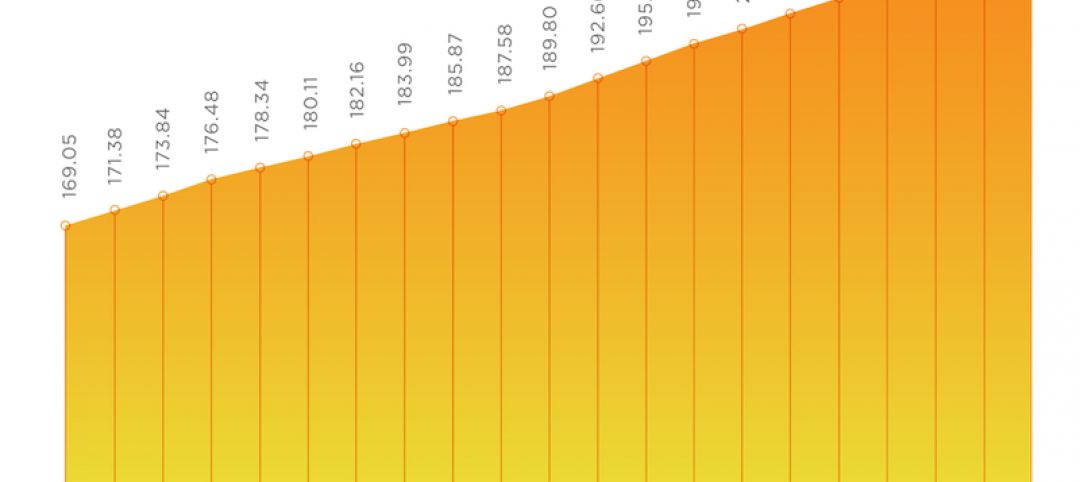During the 10 years between 2006 and 2016, almost a quarter of the 100 largest cities in the United States shifted from owner- to renter-majority. In total, rentership growth outpaced homeownership in 97 of the 100 largest (by population) cities. 22 cities total made the shift, including key markets like Chicago, San Diego, Detroit, Austin, and Sacramento. The addition of these 22 cities now puts the total number of renter-dominated cities at 42, according to RENTCafé.
Gilbert, Ariz., saw the highest increase in renter share at 53.4%. Plano, Texas (40.0%), St. Petersburg, Fla. (39.4%), North Las Vegas, Nev. (38.5%), and Toledo Ohio (31.3%) round out the top five.
Newark, N.J., and Jersey City, N.J. place first and second as the markets with the highest proportion of renters at 74.3% and 70.4% respectively. Miami (68%), New York (65.1%), Boston (63.7%), and Orlando (62.7%) followed the two New Jersey cities.
For the full RENTCafé report, click here.
Related Stories
Market Data | Jan 29, 2021
Multifamily housing construction outlook soars in late 2020
Exceeds pre-COVID levels, reaching highest mark since 1st quarter 2018.
Market Data | Jan 29, 2021
The U.S. hotel construction pipeline stands at 5,216 projects/650,222 rooms at year-end 2020
At the end of Q4 ‘20, projects currently under construction stand at 1,487 projects/199,700 rooms.
Multifamily Housing | Jan 27, 2021
2021 multifamily housing outlook: Dallas, Miami, D.C., will lead apartment completions
In its latest outlook report for the multifamily rental market, Yardi Matrix outlined several reasons for hope for a solid recovery for the multifamily housing sector in 2021, especially during the second half of the year.
Market Data | Jan 26, 2021
Construction employment in December trails pre-pandemic levels in 34 states
Texas and Vermont have worst February-December losses while Virginia and Alabama add the most.
Market Data | Jan 19, 2021
Architecture Billings continue to lose ground
The pace of decline during December accelerated from November.
Market Data | Jan 19, 2021
2021 construction forecast: Nonresidential building spending will drop 5.7%, bounce back in 2022
Healthcare and public safety are the only nonresidential construction sectors that will see growth in spending in 2021, according to AIA's 2021 Consensus Construction Forecast.
Market Data | Jan 13, 2021
Atlanta, Dallas seen as most favorable U.S. markets for commercial development in 2021, CBRE analysis finds
U.S. construction activity is expected to bounce back in 2021, after a slowdown in 2020 due to challenges brought by COVID-19.
Market Data | Jan 13, 2021
Nonres construction could be in for a long recovery period
Rider Levett Bucknall’s latest cost report singles out unemployment and infrastructure spending as barometers.
Market Data | Jan 13, 2021
Contractor optimism improves as ABC’s Construction Backlog inches up in December
ABC’s Construction Confidence Index readings for sales, profit margins, and staffing levels increased in December.
Market Data | Jan 11, 2021
Turner Construction Company launches SourceBlue Brand
SourceBlue draws upon 20 years of supply chain management experience in the construction industry.

















